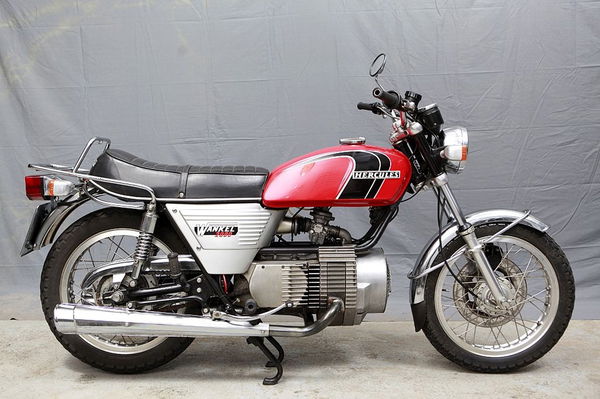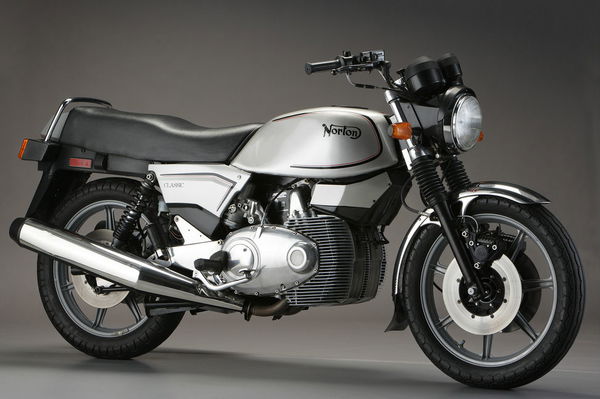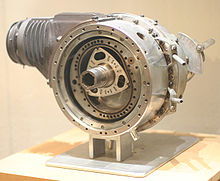What is a rotary engine?
The rotary engine concept burnt bright and short in the motorcycle world, but what exactly is it and how does it work?

THERE was a time in the mid-seventies when big-budget automotive brands had the cash to chuck literally millions into developing the next big thing in powered transport. From the Sinclair C5, to turbine-powered cars. It was the era of ‘why the hell shouldn’t we?’. To say the rotary engine was a perfect fit for this era is an understatement.
Buried away in that era is a small corner of motorcycling history, beneath a fairly heavy covering of dust sits a weirdly shaped engine. It’s got no head, no barrel as such and the bottom end seems to have taken a bite out of the mechanicals of it all. That is a rotary engine.
Why choose the rotary engine?

A rotary has many benefits over a standard reciprocating engine. It only has a couple of moving parts for each rotor, it revs to stratospheric levels, produce vast amounts of power per litre and is physically much smaller and easier to package than a convention four-stroke engine.
They aren’t perfect though, for each plus point noted above there is a negative to deal with. To get around these, some clever engineering was needed. A rotary generates a huge amount of heat, in high-stress applications water cooling, was almost always required. They gobble up fuel like your pissed uncle when the wedding has called a free bar – they make two-strokes seem economical. The final and probably most sizeable nail in the coffin of small capacity rotary engines is that the emissions are below par with the current raft of regulations. Most rotary units require large amounts of oil to lubricate the tips of the rotor. As the tip forms the seal of the combustion chamber, that oil gets burnt and that’s not cool for Johnny Polar Bear and his iceberg.
How invented the rotary engine?

The rotary engine as we know it was invented by a German chap called Felix Wankel (stop giggling at the back), after being patented first in the late twenties. It took till the late fifties through before he’d managed to get a reliable working prototype to the workbench. It seems by then Wankel had got a bit fed up with the concept, letting German car maker NSU (basically now VW Audi) take over the design. NSU set about refining the design and using it in their own vehicles and selling the licence for other companies to use in bikes, cars, jet skis and a whole raft of weird and wonderful applications.
How does a rotary engine work?
The main way a rotary engine differs from a reciprocation engine is that the internals of a rotary doesn’t move back and forth or up and down, they rotate. It is still classed as a four-stroke engine, but all four strokes take place within the engine housing. There is no separate head or barrel, it is one epitrochoid shaped housing. Within that housing sits a triangular-shaped rotor, with curved edges that turns off-axis through 360°. The off-axis rotation allows the rotor to pull in fuel-rich gases, compress them and then ignite them via spark plugs. As the motor continues through the cycle, the same rotary motion is used to expel spent gases down the exhaust.
In the centre of the rotor will either be a small crank – very much like a standard crank – or a toothed gear that turns a crank. Whichever method is adopted, the outcome is rotary motion out of the engine.












